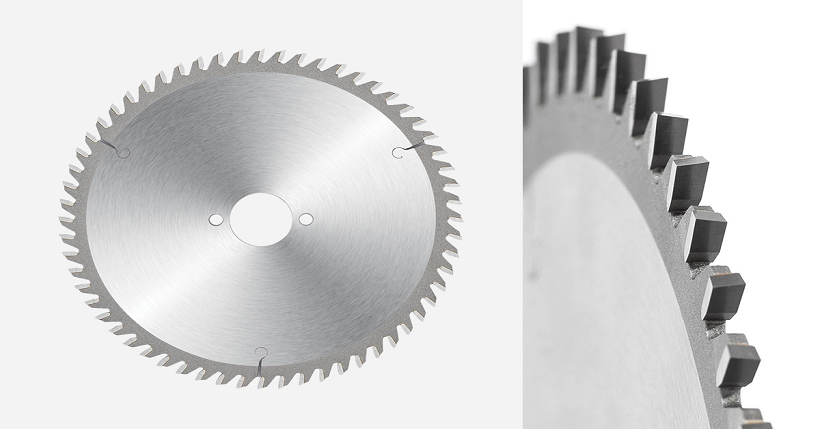
Here are some suggestions for a long service life with cold saws:
Handle with care: Even though carbide is a very hard material, it is also brittle and chips easily. Carbide tips are often damaged from reckless handling, and damage to just one tooth can cause the entire blade to wear faster, significantly reducing its life. Take special care when storing them, moving them, and mounting them on the machine.
Find the correct feeds and speeds: Find the right balance between the speed (RPM) of the blade and the rate at which the blade is being fed into the material. If the speed is too high, the carbide will wear faster, so slow down the speed and increase the chip load somewhat to maintain productivity. However, don't force the blade into the material; allow it to determine the chip load.
Use a blade with the proper tooth spacing: Always use a blade with the right tooth spacing for the material's size and shape. A general rule of thumb is that there should not be more than six teeth in the cut. You can get away with breaking the rule if you are only cutting a few pieces. However, on long production runs, change the blade to have the best tooth spacing for the material.
Mount the saw blade securely: Rigidity is of utmost importance in carbide sawing. Since carbide is brittle, vibration caused by an improperly secured saw blade could result in broken carbide. When you mount the blade, rotate it in the opposite direction of the blade until the drive pins make contact with the holes (see below). That way, the blade cannot slip when it engages the material.
Long Cold Saw Life
Ensure the material is clamped correctly: Once again, rigidity comes into play when clamping the material. V-clamps provide a more secure clamping method for round stock. If you are cutting irregular-shaped material, orient the part so that the cross-section changes minimally throughout the cut.














